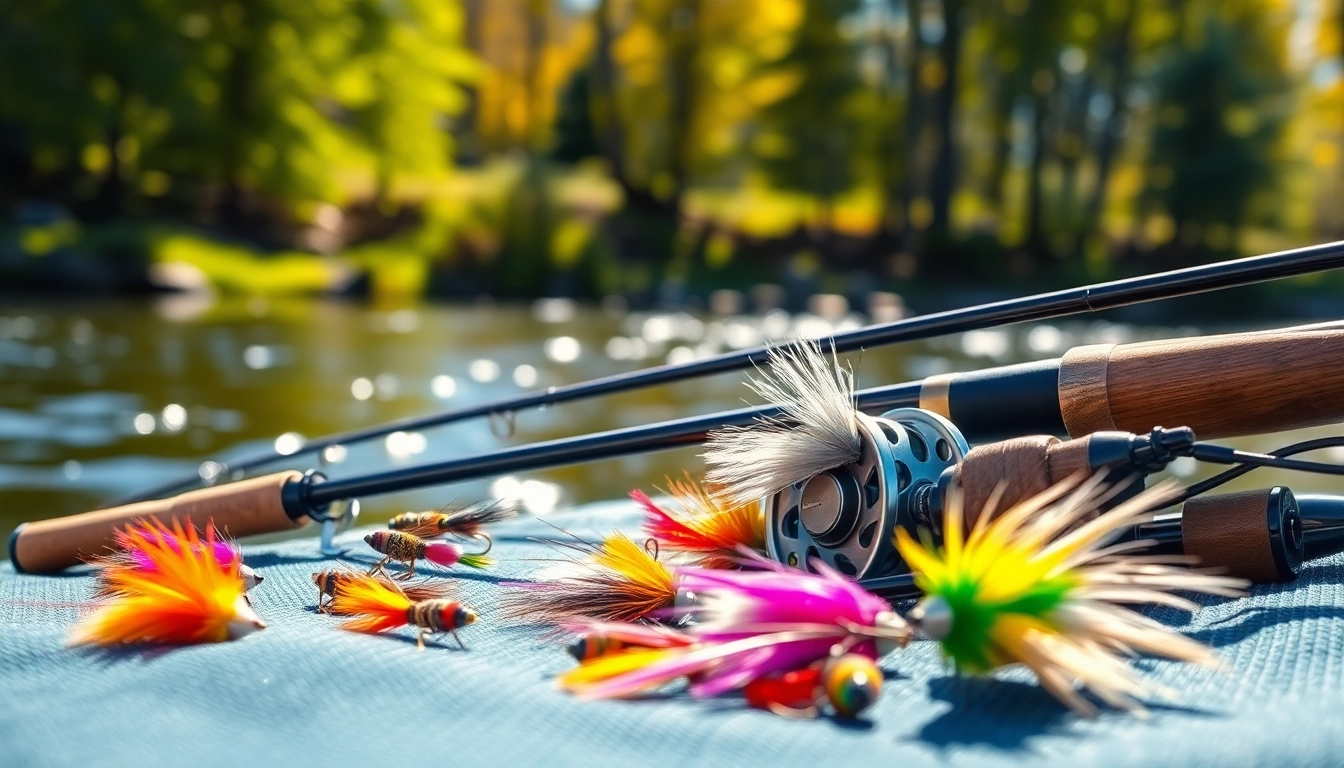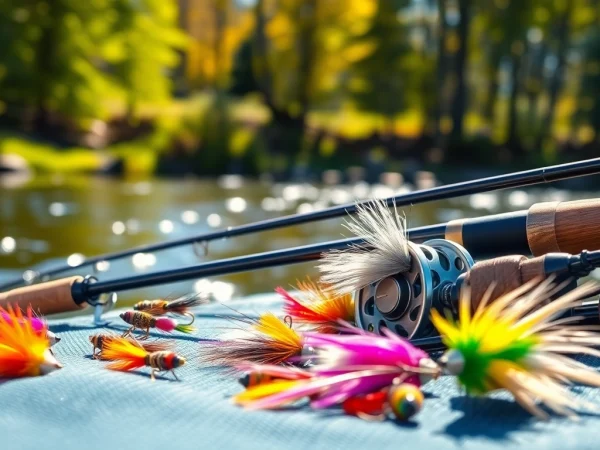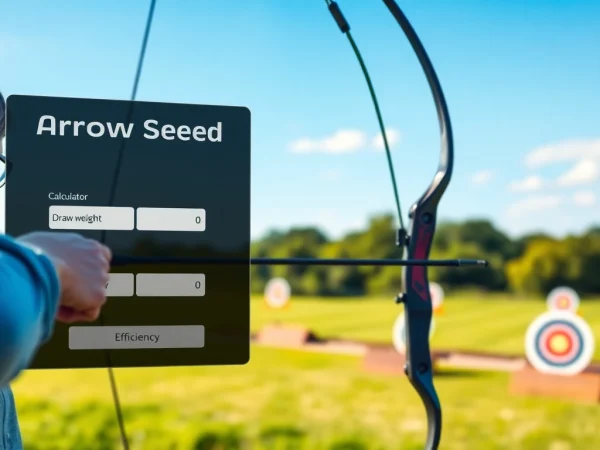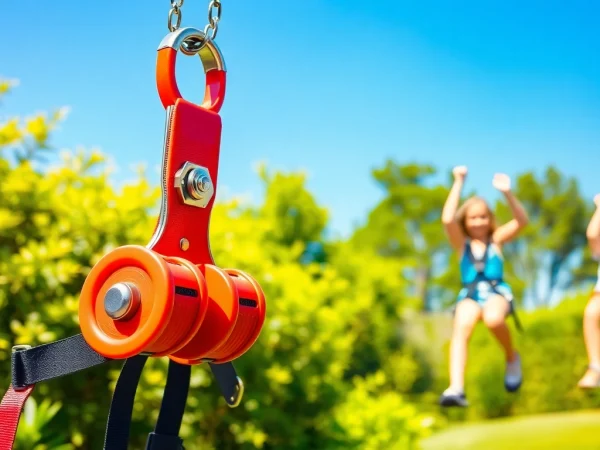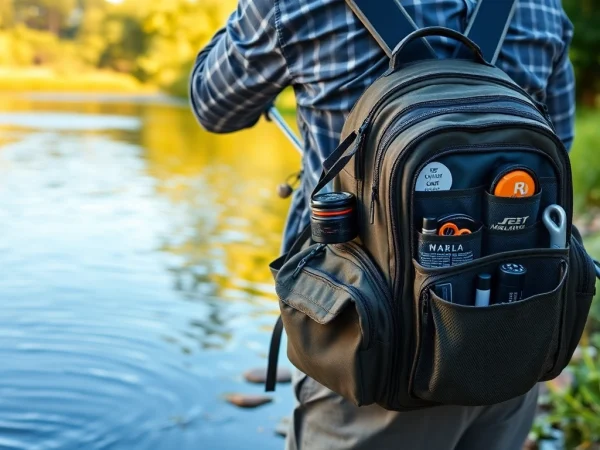Essential Components of a Fly Fishing Kit for Beginners and Experts
Understanding the Basics of Fly Fishing Kit
What is a Fly Fishing Kit?
Fly fishing is a unique and engaging method of angling that involves the presentation of artificial flies to catch fish. A Fly fishing kit is a collection of essential equipment specifically designed for this method. These kits typically include everything a beginner needs to start fly fishing, from rods and reels to flies and accessories, making them an ideal choice for novices. However, they can also cater to more experienced fishermen looking for convenience and the opportunity to refine their skills.
Key Components of a Fly Fishing Kit
Understanding the key components of a fly fishing kit is crucial for getting started effectively. Most kits include the following essentials:
- Fly Rod: This is the primary tool used to cast the fly. Rods vary in length, weight, and action, influencing casting distance and control.
- Fly Reel: The reel is used to store the line and provides crucial drag during the fight with a fish.
- Fly Line: This specially designed line floats on water, allowing the fly to be cast and presented effectively.
- Leaders and Tippets: These clear lines connect the fly to the main line and help present the fly more naturally.
- Flies: Artificial flies mimic the food fish typically eat, and they come in various designs, sizes, and colors.
- Accessories: Essential accessories such as fly boxes, floatant, nippers, and forceps are often included to enhance the fishing experience.
Benefits of Using a Fly Fishing Kit
Choosing to start fly fishing with a kit offers numerous benefits:
- Convenience: Kits provide all the necessary components in one package, simplifying the purchasing process for newcomers.
- Cost-Effective: Buying items separately can be more expensive. Kits typically offer better value for money.
- Guidance: Many kits come with resources or instructions to help beginners learn the fundamentals of fly fishing.
- Quality Assurance: Kits are often curated to include high-quality components that work well together, reducing the chances of mismatch.
Choosing the Right Fly Fishing Kit for Your Needs
Assessing Your Skill Level
Choosing the right fly fishing kit depends largely on your skill level. Beginners might consider kits designed specifically for novices, which typically feature user-friendly features such as flexible rods and pre-spooled reels. These kits often include beginner-friendly flies and instructional materials. Intermediate and advanced anglers may opt for more specialized kits that offer higher-end components for improved performance and adaptability.
Considering Fishing Locations
Your choice of fishing location will significantly influence the type of fly fishing kit you need. Freshwater fishing, such as for trout or panfish, often requires a different setup compared to saltwater fishing for species like tarpon or bonefish. Each environment may call for specific rod actions, reel capacities, and fly selections tailored to the local fish species.
Budgeting for a Fly Fishing Kit
Budgeting is an essential aspect of selecting a fly fishing kit. Entry-level kits can be found at affordable prices, offering basic yet effective components. As you delve deeper into the sport, you may wish to invest in specialized rods, reels, and higher-quality flies, which can raise your overall budget. Weighing the cost against the frequency of use and your commitment to the sport can help determine your ideal spending plan.
Setting Up Your Fly Fishing Kit
Assembling the Rod and Reel
Assembling your fly rod and reel is a straightforward yet vital process. Begin by loosely connecting the rod sections together, ensuring the pieces fit snugly but without excessive force. Next, attach the reel to the rod, typically using a screw mechanism. After that, it’s crucial to spool the fly line onto the reel correctly. This involves threading the line through the guides of the rod and securing it to the reel spool, ensuring a smooth and efficient casting experience.
Understanding Fly Types and Selection
The success of your fly fishing depends greatly on your choice of flies. Flies can generally be classified into three main categories: dry flies, wet flies, and streamers. Dry flies float on the surface, imitating insects, while wet flies sink beneath the water’s surface, mimicking submerged prey. Streamers aim to resemble larger baitfish, making them suitable for predatory species. Understanding the local fish behavior and food sources will inform your selection of flies and improve your chances of a successful catch.
Essential Accessories to Include
In addition to the primary components of your fly fishing kit, certain accessories can significantly enhance your experience:
- Fly Box: A durable box helps keep your flies organized and protected.
- Forceps: Helpful for removing hooks safely and efficiently from fish.
- Snips or Nippers: Ensure you can cut line and tippets quickly when needed.
- Floatant: A product that helps dry flies maintain buoyancy on the water’s surface.
Fly Fishing Techniques for Beginners Using a Kit
Basic Casting Techniques
Mastering casting is essential for successful fly fishing. Start with the basic overhead cast, where you lift the line above your head and then push it forward to send the fly out. Practice smooth, fluid motion rather than focusing on heavy force. Additionally, learn the roll cast and sidearm cast for those situations where you have limited space or need to present your fly to fish holding near the bank.
Reading Water and Finding Fish
Being able to read water is vital for effective fly fishing. Look for areas where fish are likely to congregate, such as current seams, eddies, riffles, and submerged structures. Observing the surface for rising fish and studying insect activity can provide vital clues. Additionally, recognize the seasonal patterns and times of day when fish are most active, which will enhance your overall success.
Maintaining Your Gear
Proper maintenance of your fly fishing kit ensures longevity and optimal performance. After each use, rinse your gear in clean water to remove salt, dirt, and debris—especially for the reel and line. Store the gear in a cool, dry place, and periodically check the condition of your flies and tippet, replacing damaged or worn components when necessary.
Advanced Tips for Utilizing Your Fly Fishing Kit
Upgrading Your Fly Fishing Kit Over Time
As you gain experience and hone your skills, consider upgrading components of your fly fishing kit. You might want to acquire a specialized rod designed for advanced techniques, such as euro-nymphing or spey casting. Investing in high-quality reels with improved drag systems can lead to better performance and more enjoyable fishing experiences. Look for opportunities to explore new fly types or develop custom patterns that suit specific fishing conditions.
Exploring Different Fishing Environments
Don’t hesitate to explore various fishing environments, as each presents new challenges and learning opportunities. From tranquil lakes and flowing rivers to coastal surf and marsh environments, adapting your fly fishing technique and gear to these different contexts can expand your skillset and rejuvenate your passion for the sport. Consider pursuing different species and regional techniques to further enhance your fly fishing experience.
Joining Communities and Learning Resources
Engaging with fellow anglers can significantly enrich your fly fishing journey. Joining local clubs or online communities allows you to share experiences, ask questions, and access valuable fishing insights. Additionally, many educational resources are available, including books, online tutorials, and workshops that cover everything from casting techniques to fly tying. Embracing community knowledge fosters growth and makes the adventure of fly fishing even more enjoyable.
